ASUS Maximus VII Impact Review: Premium Gaming Z97 in mini-ITX
by Ian Cutress on December 9, 2014 10:00 AM ESTASUS Maximus VII Impact Software
The process of installing ASUS’ software has not changed in a number of chipset generations - I have never had an issue with it personally, as it allows users to select which software to install in one go and sets to work. Some fresh installs take around 10 minutes and a few reboots to complete, but everything ends up done at the end. My only gripe is that the software attempts to install Norton by default, and the user has to scroll to the bottom of the list to deselect it.
The software package is split into several parts, and as such we took images starting with the desktop icons followed by the AI Suite software.
First up is the RAMDisk which allows users to set a designated space in the DRAM for either a RAM Cache or a RAM Disk depending on how you want to use it. The software also has an option to free up space in the RAM disk if the system starts to use too much DRAM for the software running.
ASUS Boot Setting is software I regularly use to adjust overclocks due to its ‘DirectBIOS’ button which restarts the system to go straight into the BIOS. It also offers a Fast Boot option and AC Power loss option.
Sonic Radar is software that implements an on-screen directional audio display during games. The best example for this is an FPS, where it detects which direction the audio is coming from and how strong it is – somewhat useful for picking out where that enemy is slowly moving. This is the second generation of Sonic Radar, so we get a few more options relating to how the display is shown (above) and what sounds it responds to best (below).
So for example here we can tune Sonic Radar to the high frequency range band and gun fire to specifically pick out if someone is walking or shooting nearby. The use of Sonic Radar during competitions is dubious depending on the rules however casual online play is easy enough to set up.
CPU-Z is a tool that overclockers use to verify CPU speeds as well as see other information about the system. ASUS has a deal with the makers of the software for an ROG themed version which is free to download but also comes with the ROG motherboards.
KeyBot is a new feature to the 9-series Haswell motherboards, allowing users to adjust their function keys to specific macro bindings. On the left shows the 12 F-Keys (and Delete) with their current functions, and users can implement a fast keyboard macro in the main section of the screen. As far as I can make out, one of the things missing here is being able to add in pauses or dictate where the mouse goes, which might be useful for work rather than gaming, although users can also learn something like AutoHotKey for more functionality.
The Smart Input option allows users to blast a quick string with a macro key press. As noted in the message underneath, this string is stored in the ROG microchip but is not encrypted, therefore if it were used for passwords if another user pressed the macro key it would type it out for them too.
Users can also bind the F keys to various media, applications or gaming functions as required. Some of these are replications of easy windows shortcuts (WIN + M for Show Desktop), although to aid some users they can be added here.
If a user wants to bind a specific program to a key, this can also be performed in the Shortcut menu option.
MemTweakIt is a tool for overclockers to adjust memory subtimings on the fly, and although it was introduced a couple of generations ago, Intel’s 4th Generation CPUs are not able to have their subtimings adjusted. As such it is currently used for reference only.
GameFirst 3 is ASUS’ attempt at their own network prioritization software. Normally motherboard manufacturers have the Realtek solution or get a license from cFos, but ASUS has brought it in-house for the ROG range. The functionality is much the same, giving users an option for separate modes or a custom prioritization on a per-application basis. When the software is first run it asks for a quick speed test of the system, however this needs Flash:
If ASUS were able to use the Speedtest API without Flash, this would be a better solution.
GameFirst 3 also allows the user to track the top applications that are using bandwidth, in case one happens to be randomly sending data across the tubes:
Users can also find all the details about their Network Information here too:
The main hub for the software is in AI Suite involves a menu interface for all the different options:
The main element in this is the Dual Intelligent Processors 5 screen which offers five different ‘apps’ for system control.
The five applications are TPU (overclocking), Fan Xpert 2 (fan control), DIGI+ Power Control (digital power control), Turbo App (overclocking on a per-application basis) and EPU (energy saving). These come together in the 5-Way Optimization tool at the top which implements a testing scenario for a complete overclock.
The TPU section allows users to have a per core or all core overclock with options for voltages. Unfortunately we do not have the diagrams related to showing voltages similar to the X99 range of motherboards.
For users on integrated graphics, these can be overclocked as well from the TPU segment of the software.
The fan controls are more integrated in the software than in the BIOS, where we are able to set all the fans at once with one button. The Fan Xpert 2 application allows users to adjust each fan separately, with options for spin up/spin down time and a demonstration of the low speed zone in the graph:
Or the user can implement the fan tuning software to find out the power/rpm profile of each of the fans being used:
The DIGI+ Power control gives options to adjust the limits of the power phases and thermal control to push them beyond specifications:
The Energy Processing Unit deals with how the system delivers power and can be adjusted to deal with low power situations to limit the maximum system power as well as adjusted fan profiles.
Turbo App is the newest member to this arrangement, offering an overclock setting on a per-application basis. This means that the highest priority application that is currently running determines the overclock settings. Thus for single threaded applications, users can adjust their overclock to something focusing on single core performance, as well as adjusting audio and LAN responsiveness.
USB 3.0 Boost, where possible, gives the opportunity to override the standard USB 3.0 driver in Windows 7 and implement a faster version (typically at the expense of latency). UASP type drives are also supported and sped up via this interface.
EZ Update gives an interface to check ASUS’ servers for the newest drivers and software. Unfortunately it still does not seem to work where I am, similar to previous iterations of the software.
USB BIOS Flashback almost feels like a legacy tool now, having been part of the ASUS ecosystem for several generations, but I have certainly had to use it a number of times to good effect. This allows the user to back up the BIOS and then install it without the need for a CPU, DRAM or GPU in the system.


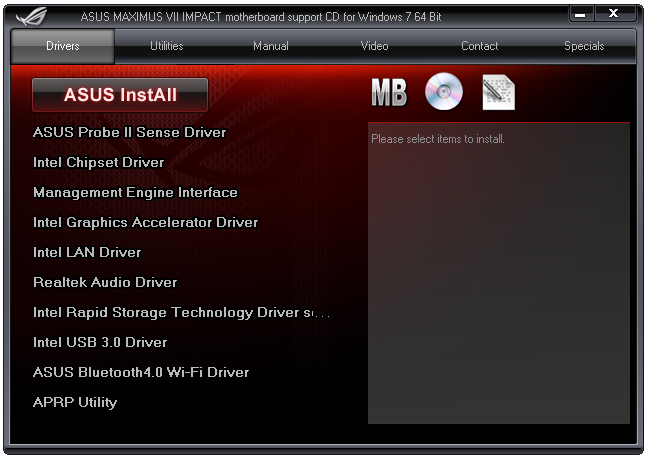
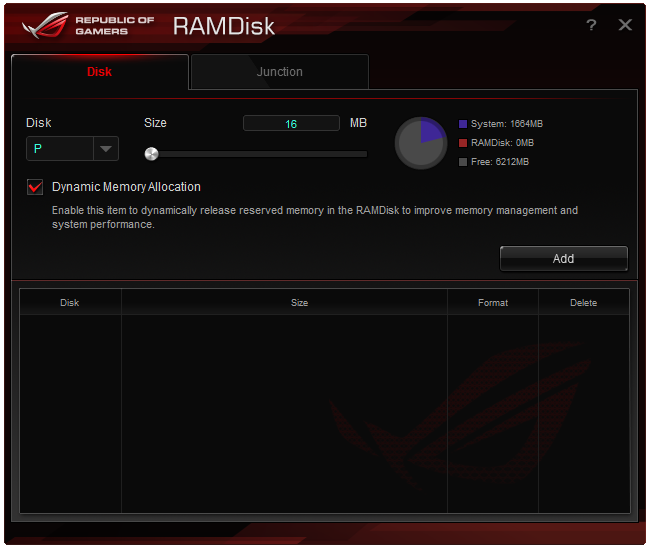
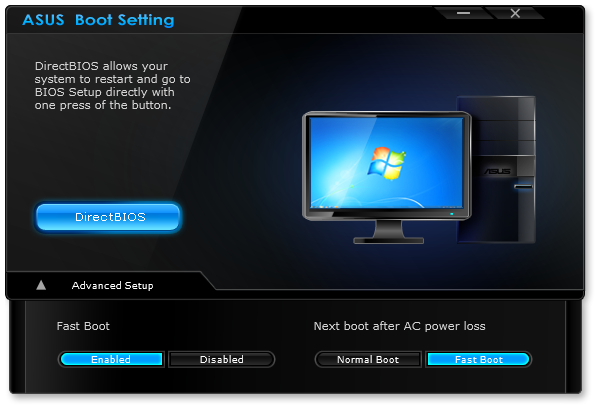
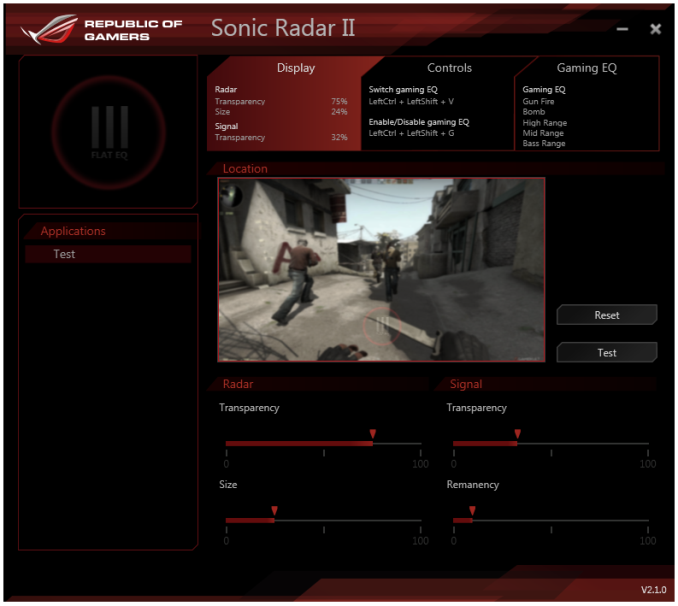
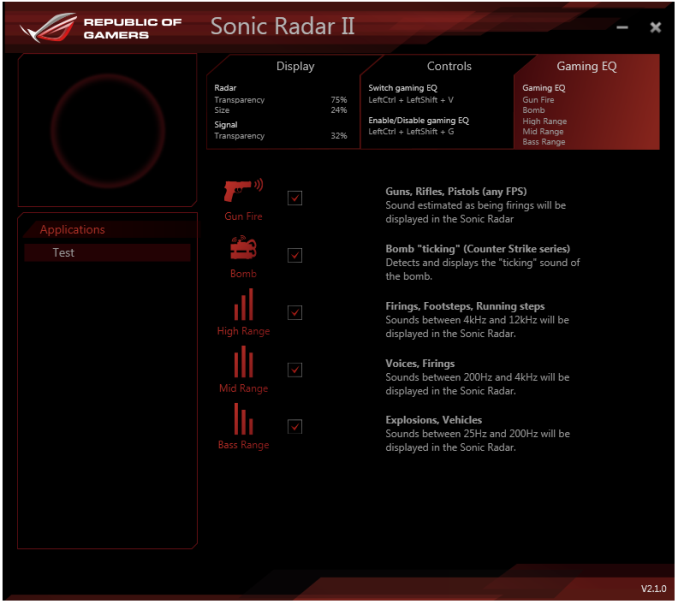
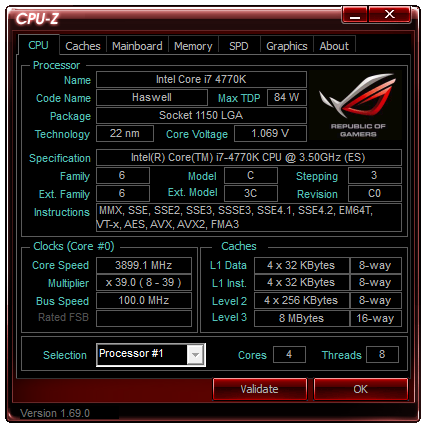
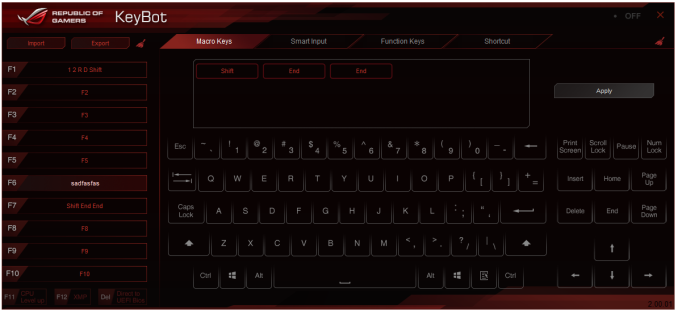
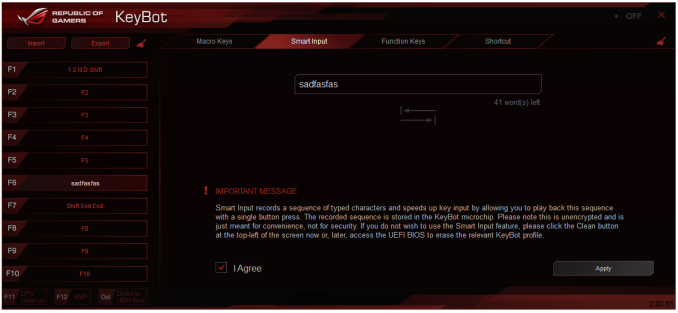

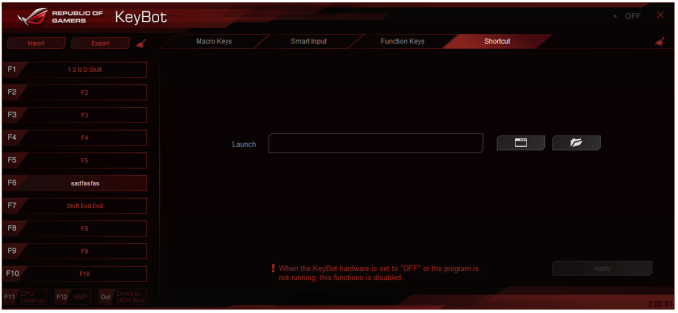
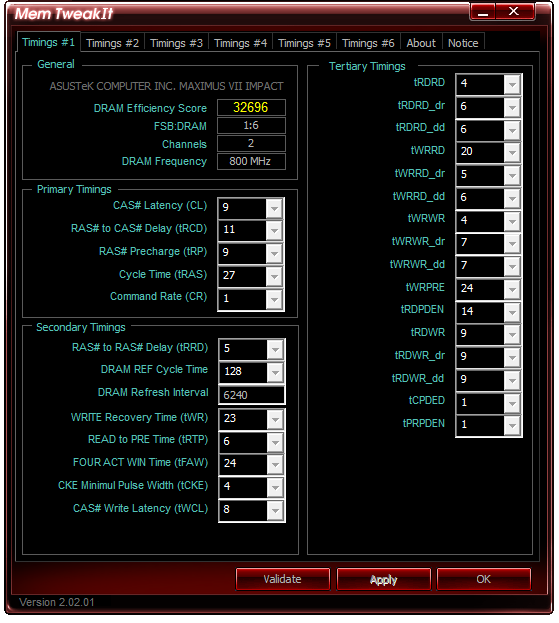

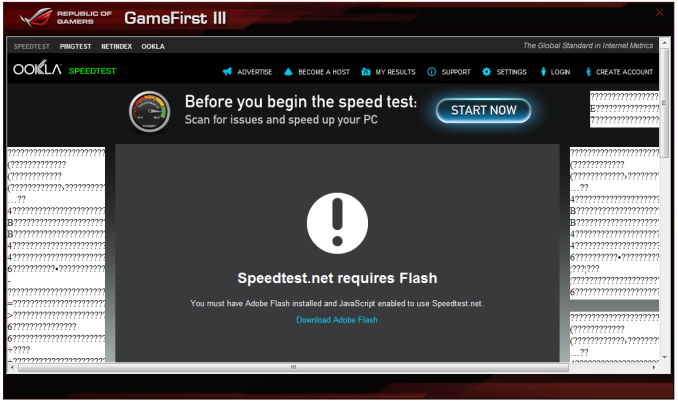
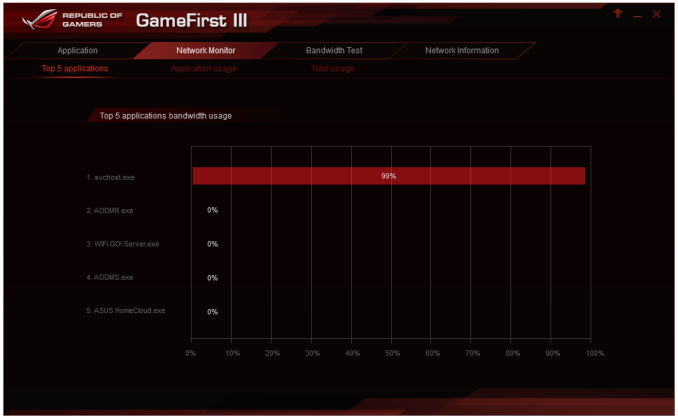

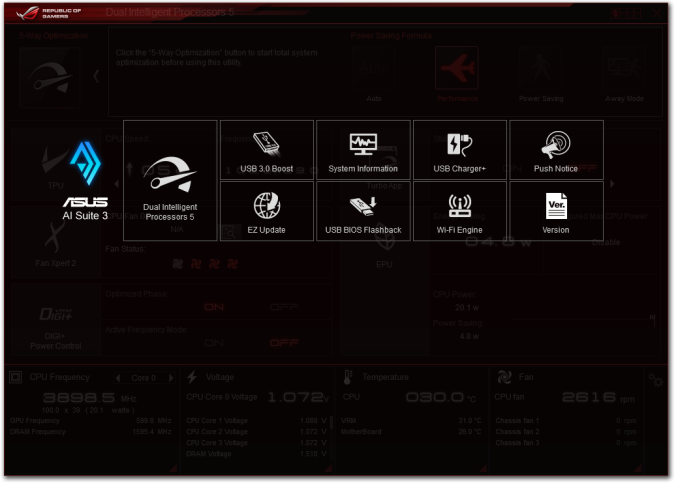


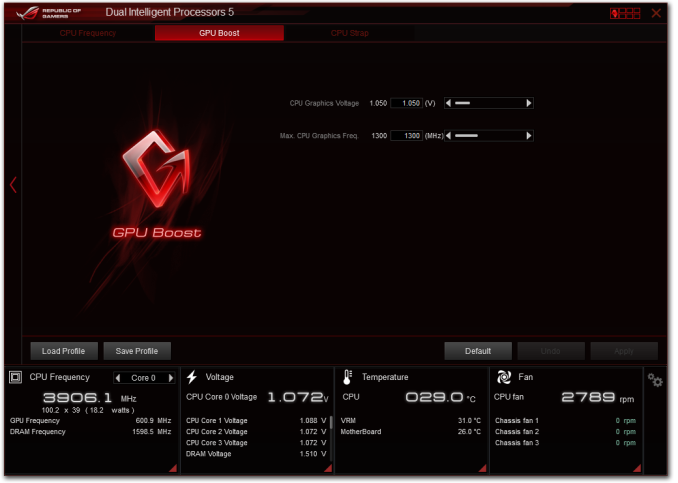
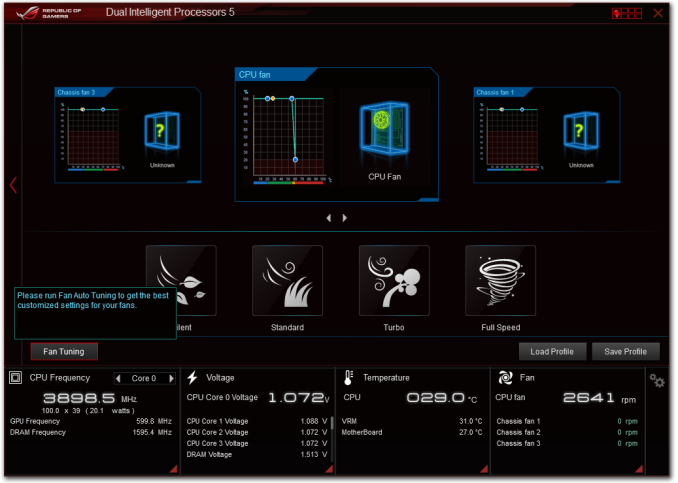
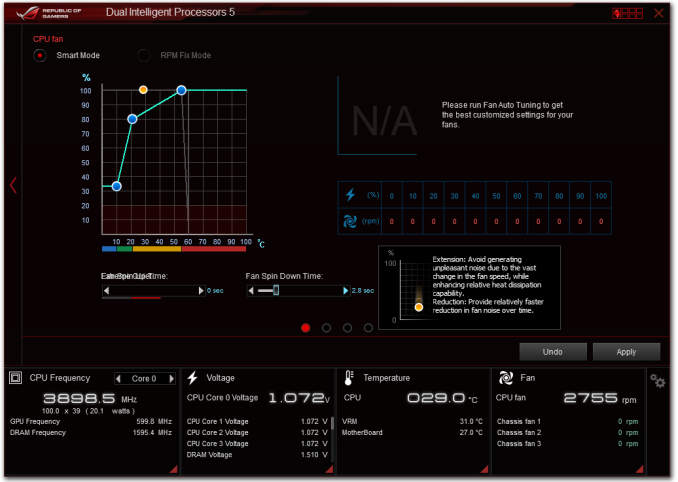
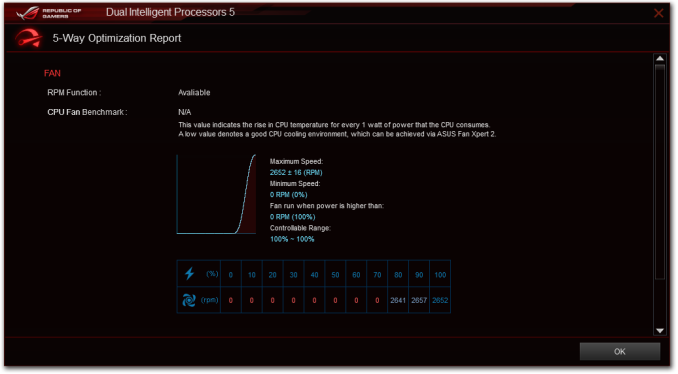
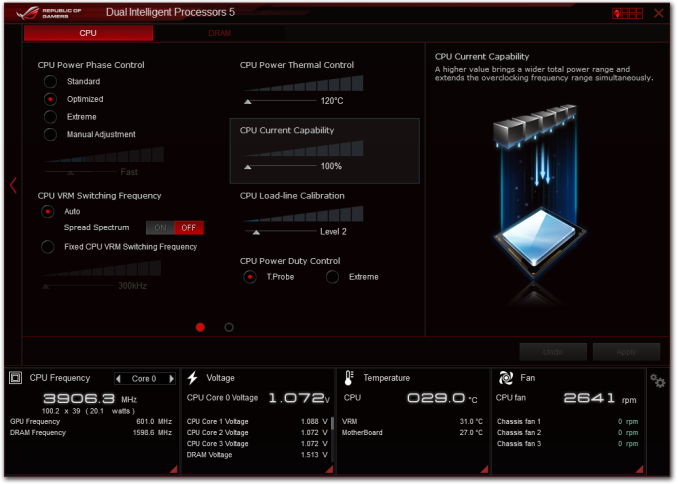


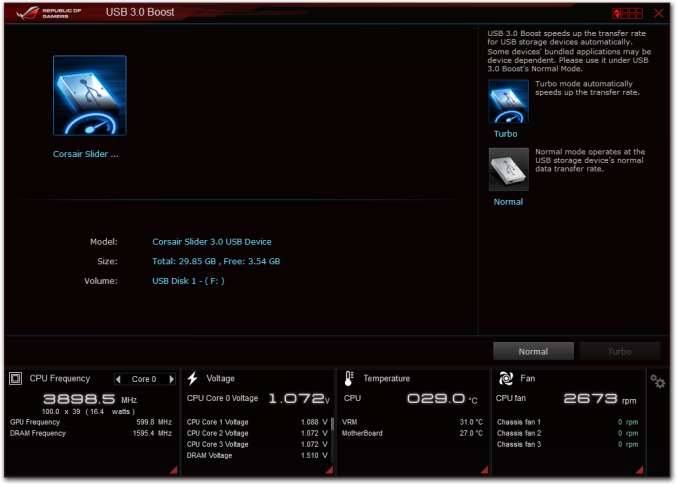
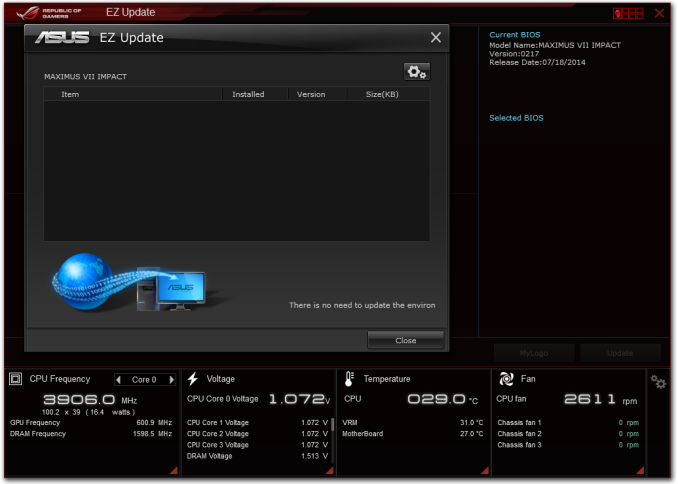















41 Comments
View All Comments
Gigaplex - Tuesday, December 9, 2014 - link
"However due to the detachable audio card, replacing it doesn't require a completely new motherboard."Unless they actually sell the audio cards separately, you're likely to need to replace the whole package anyway.
Laststop311 - Wednesday, December 10, 2014 - link
You could find a used mobo for cheap on ebay by the time an audio card dued and just buy it for the audio card. Probably even be able to find boards that aren't working correctly with a salvageable audio card.Laststop311 - Wednesday, December 10, 2014 - link
died*just4U - Tuesday, December 9, 2014 - link
Tough call between this one and MSI's Z97i gaming ac. I'd say the two sit atop the heap as far as quality goes. I am actually not bothered by the price of either.. as your trying to go small but that doesn't necessarily mean a budget build. Curious what Gigabyte has in their pipeline.. but all in all I like what I see from Asus here.. especially where the power connectors are. Nice review Ian.Laststop311 - Wednesday, December 10, 2014 - link
It's really not a tough call Asus are the ones who started using separate boards for the power delivery and they have the experience and know how to do it best. Before Asus did that manufacturers were just using rly skimpy cut back heavily power delivery so it would fit on the board. Rather than go that route asus pioneered using a separate board so they had the room to make a beefy power delivery design and not have to sacrifice any OC potential compared to a larger board. Also as this review shows the bios and the software that controls asus motherboards is more advanced and more technically capable than MSI's.The pcie-3.0 x4 slot for m2 ssd's is also huge. That's an incredible 4GB/sec of bandwidth. This also allows you to keep the build incredibly tiny as you can attach no storage drives other than the m2 card such as this one:
"The Samsung SM951 is expected to be NVMe compatible, and will be capable of up to 1,600/1,000 MB/s sequential reads/writes and 130K/100K IOPS 4K random reads/writes – slightly faster than the XP941 rated for 1,400 MB/s sequential reads. The drive is also NVMe low power (L1.2) certified and is rated to draw <10mW power at idle (probably DevSleep mode). Available in capacities up to 1TB"
So even with no 2.5" or 3.5" drives you can still have 1TB of storage space on a drive with 1600/1000 speeds 3x-4x faster than anything used now. This board is just the perfect starting point for an ultimate incredibly fast small form factor pc. With no 2.5" or 3.5" drives, no optical or any other outside media drive you only need enough space for a PSU (a small 600 watt 80+ gold silverstone sfx sized psu) your graphics card (a small mini itx sized gtx 970) and then since no optical or any other drives u can fit a nice 240/280mm rad on the top and you can overclock like you are inside a regular large tower.
You can build a really neat really powerful tiny mini PC and by using this board you end up with more power and features than even many ATX sized boards. This board allows you to go small without making a single real sacrifice and in most cases adds more features then many big boards. You can't go wrong with this board. Hell its even a nice board to choose even if you can fit an atx sized board. At 240 this board has the same features as atx sized boars that are 275+
Laststop311 - Wednesday, December 10, 2014 - link
Also since this is a mini itx board and haswell cpu's only have 20 pci-e lanes coming directly off it you can freely use the 4x m2 ssd slot and since there is only 1 pci-e expansion slot you don't have to worry about making any sacrifices since you are using the m2 slot you still get full 16x gpu bandwidth (even tho 8x is basically identical performance still nice to eek out that 1% better on 16x.)just4U - Wednesday, December 10, 2014 - link
No .. it's still a tough call. I like both boards. :)dwade123 - Wednesday, December 10, 2014 - link
Stupid price. I rather get an x99 setup if i want to spend that much on a freaking motherboard.krazy_olie - Wednesday, December 10, 2014 - link
No x99 itx motherboard exists....krazy_olie - Wednesday, December 10, 2014 - link
Picked up this board in a bundle.The fan headers is a bit of a stupid situation, on the plus side you get 3 headers in 2 locations. on the downside these aren't pwm. I have a fan plugged in to cha_fan3 and it runs at full whack and can't reduce the speed. I need to try channel 1 to see if it's a problem generally or just with the coolhub.
Worth noting that the z97i plus actually has pwm headers with fan xpert 3